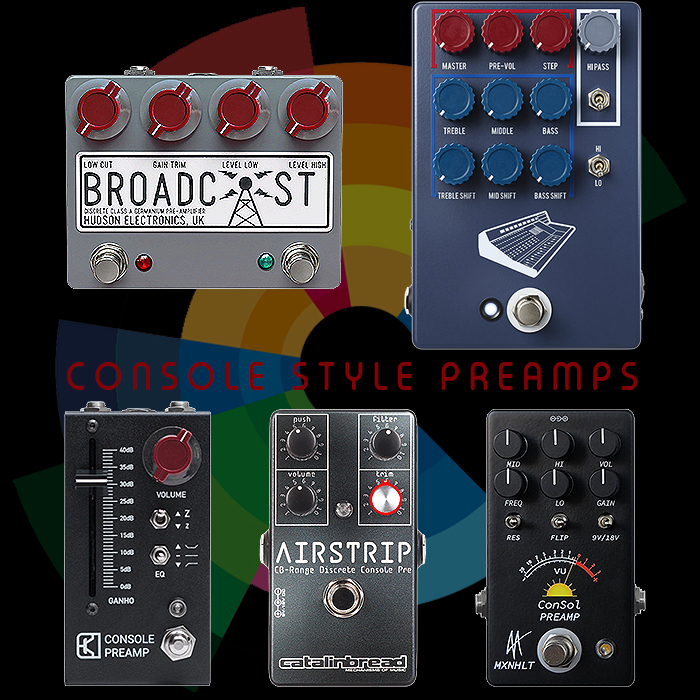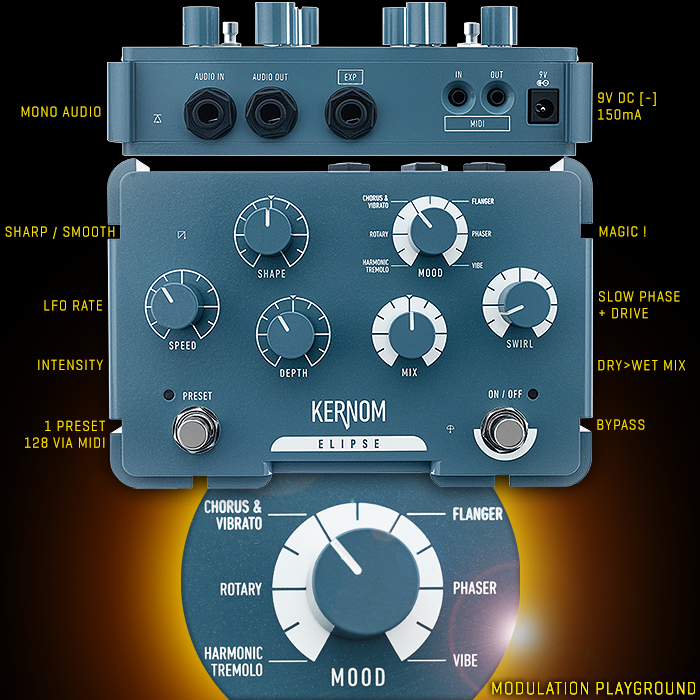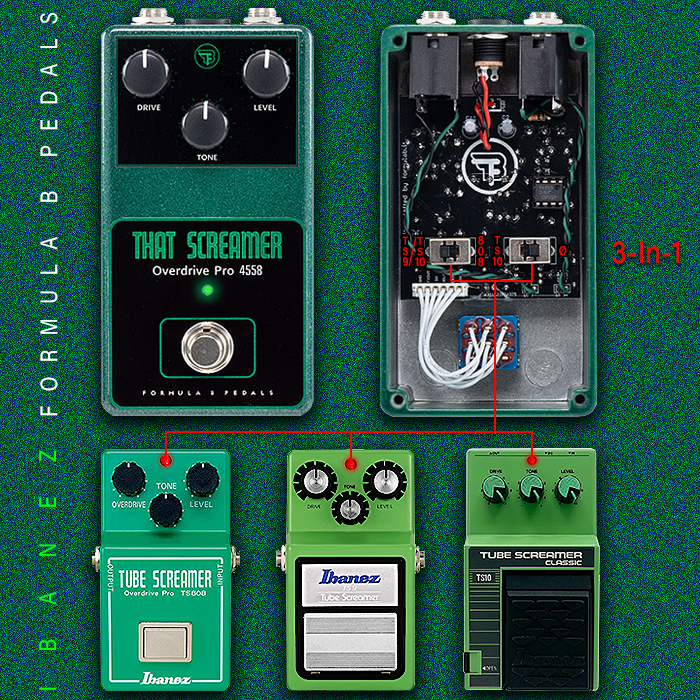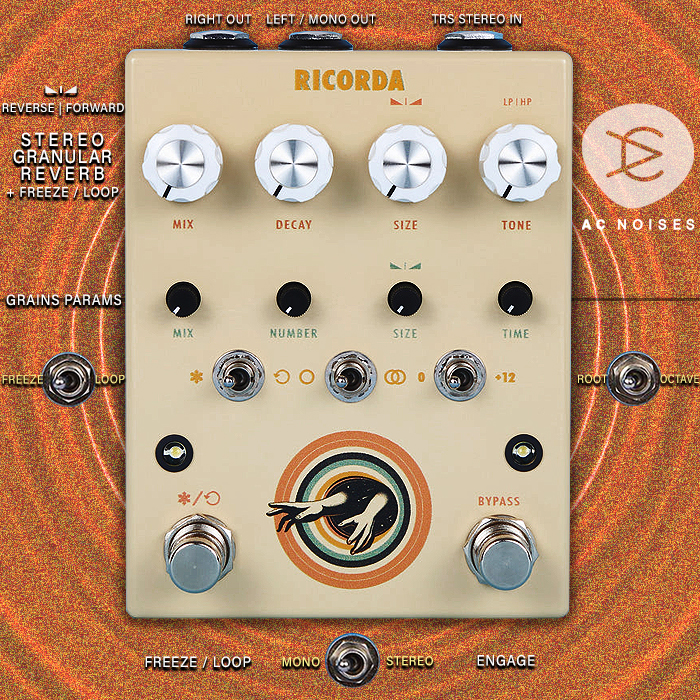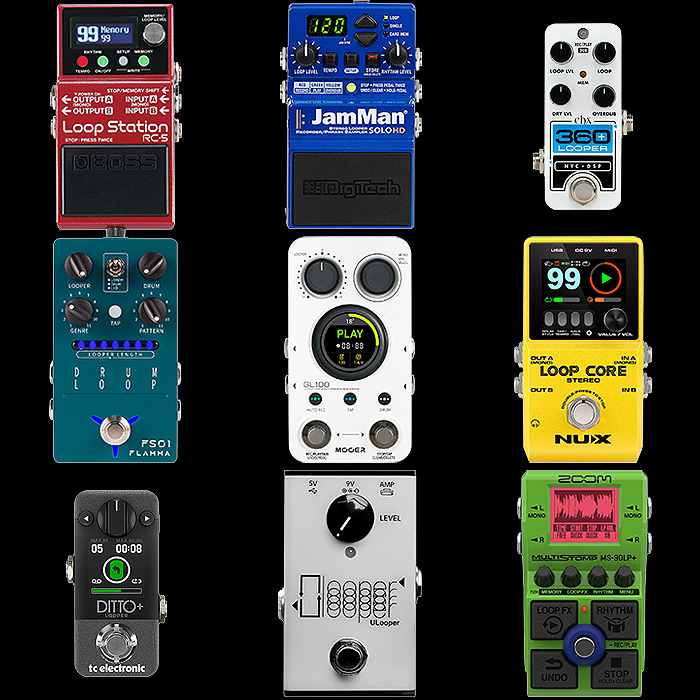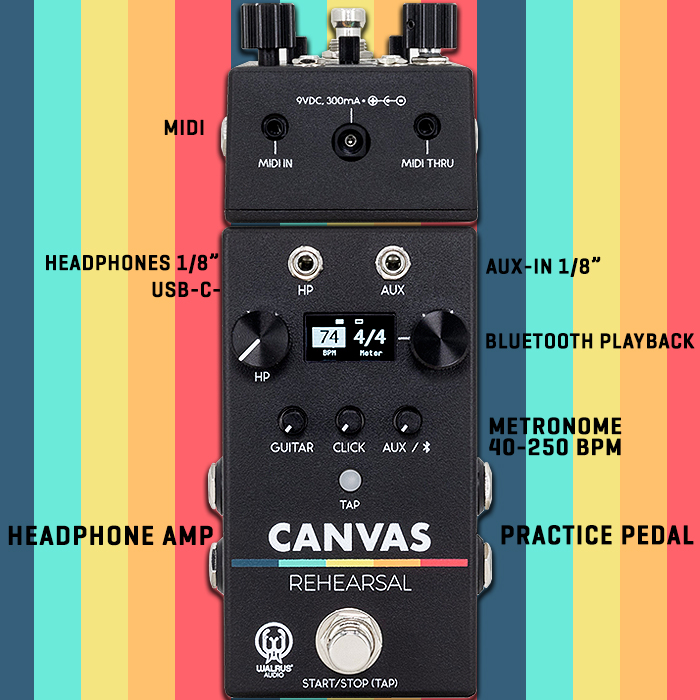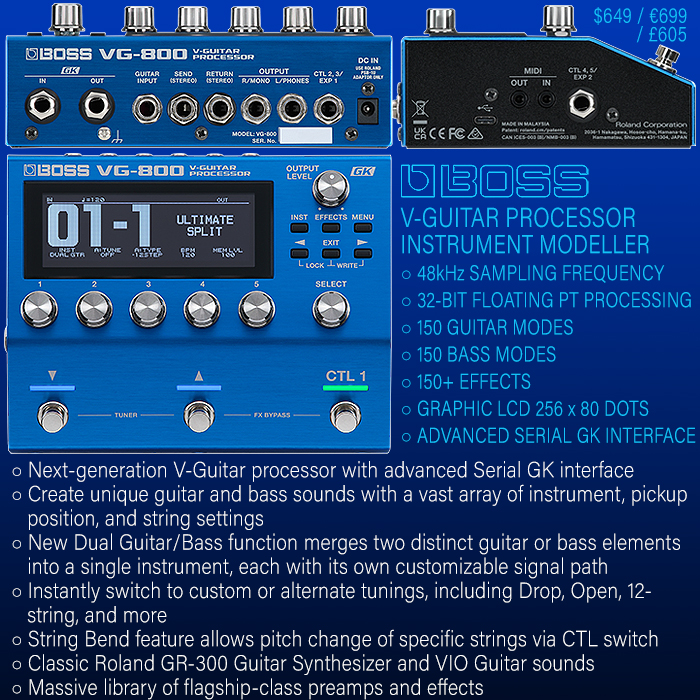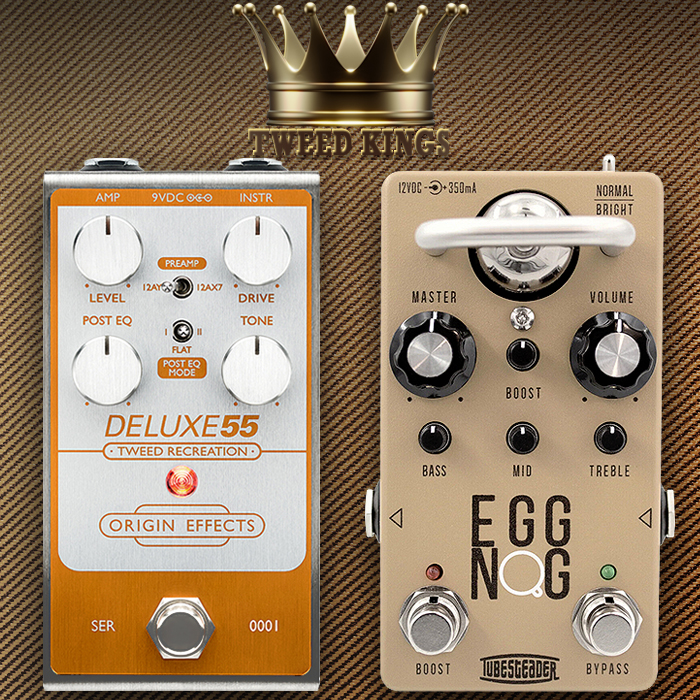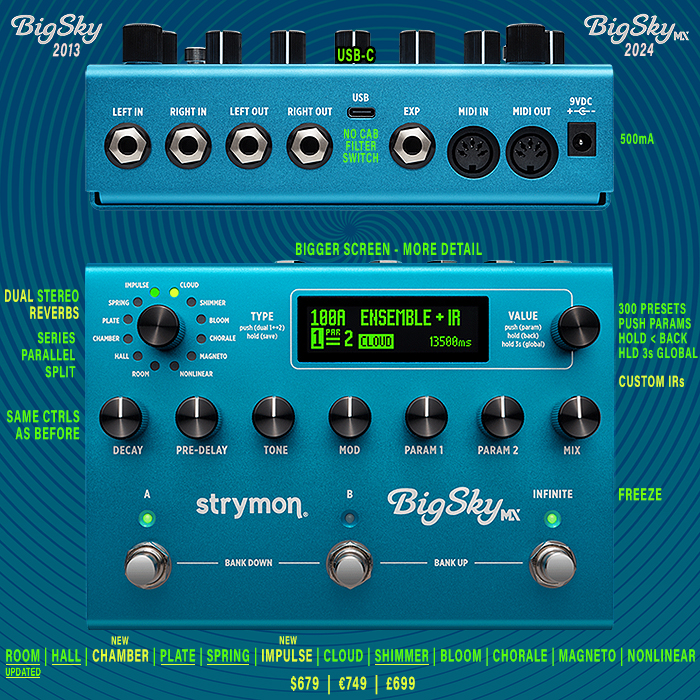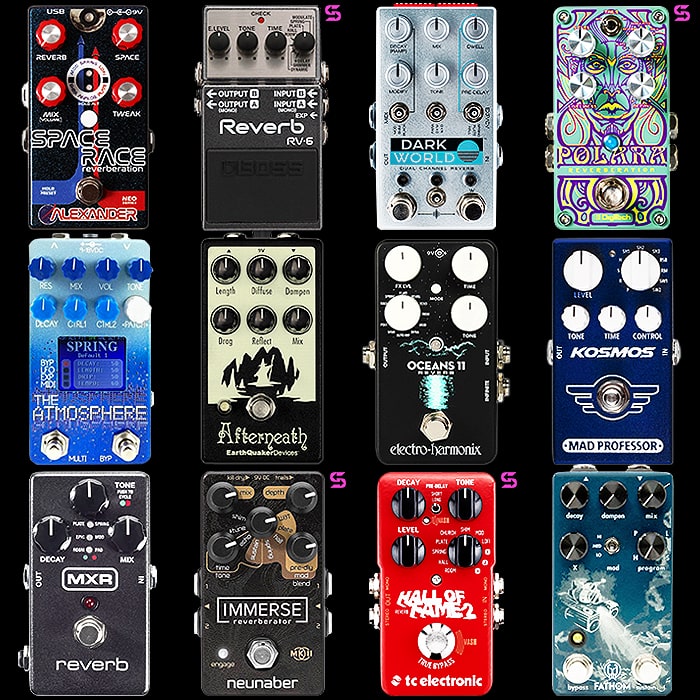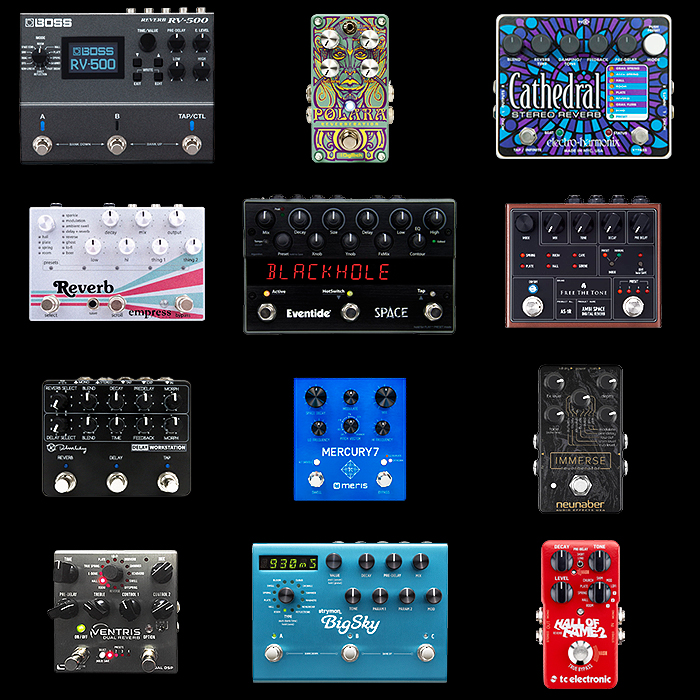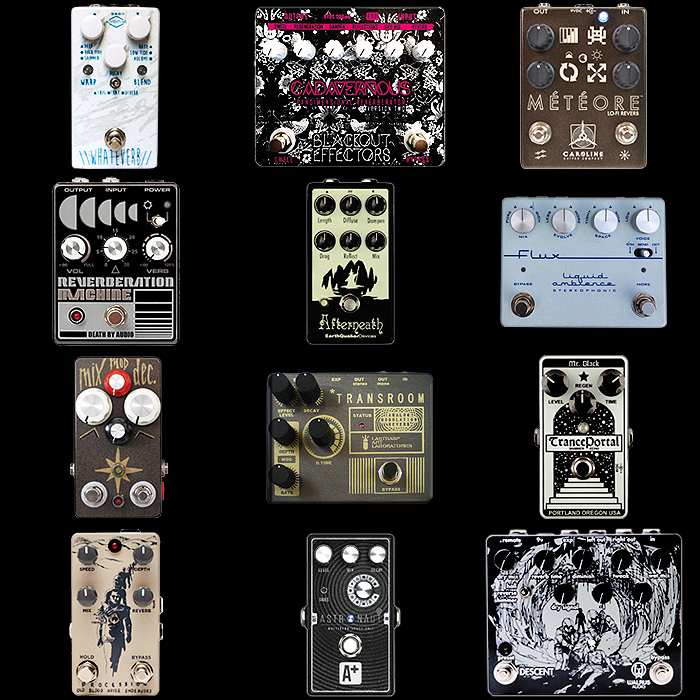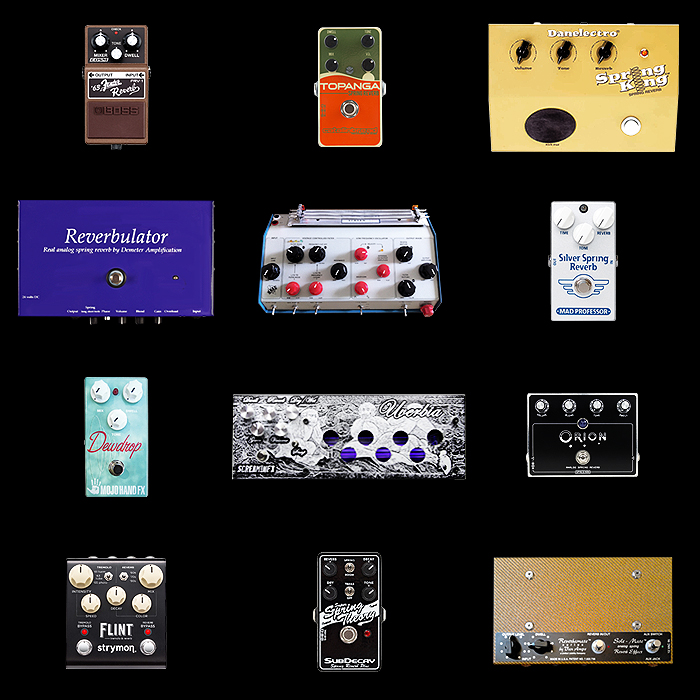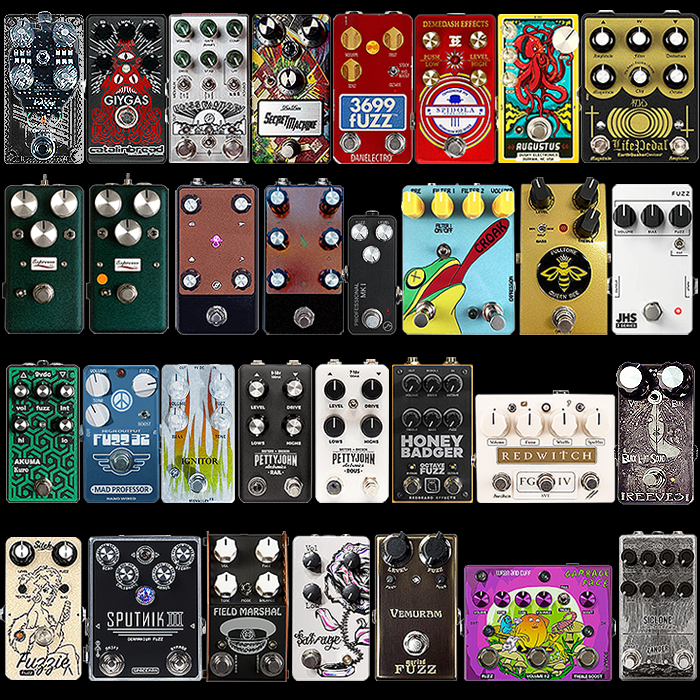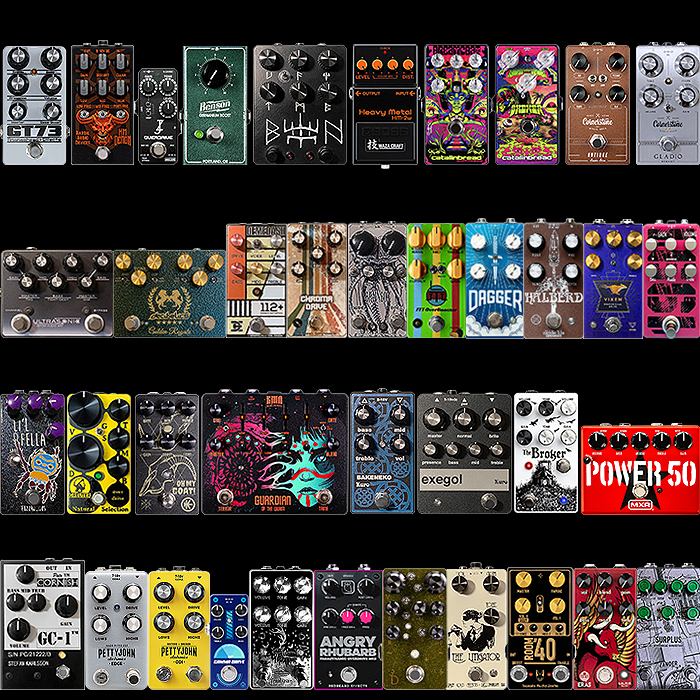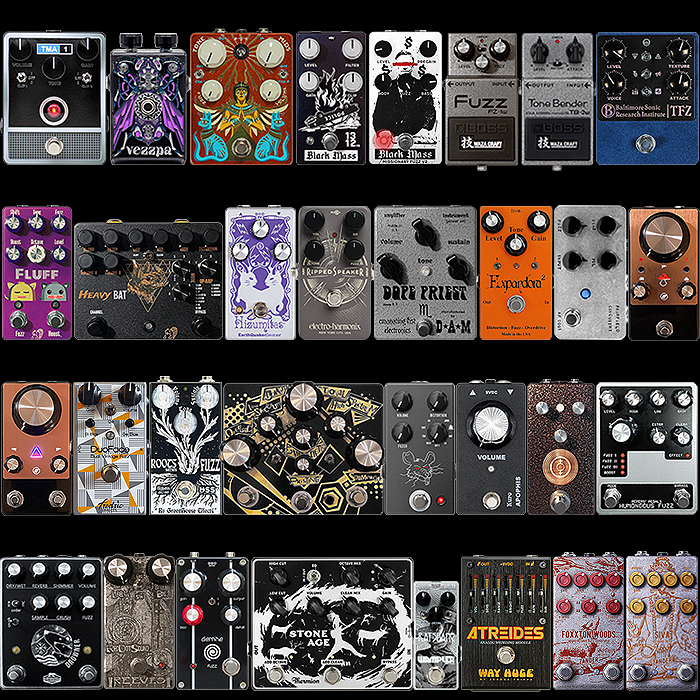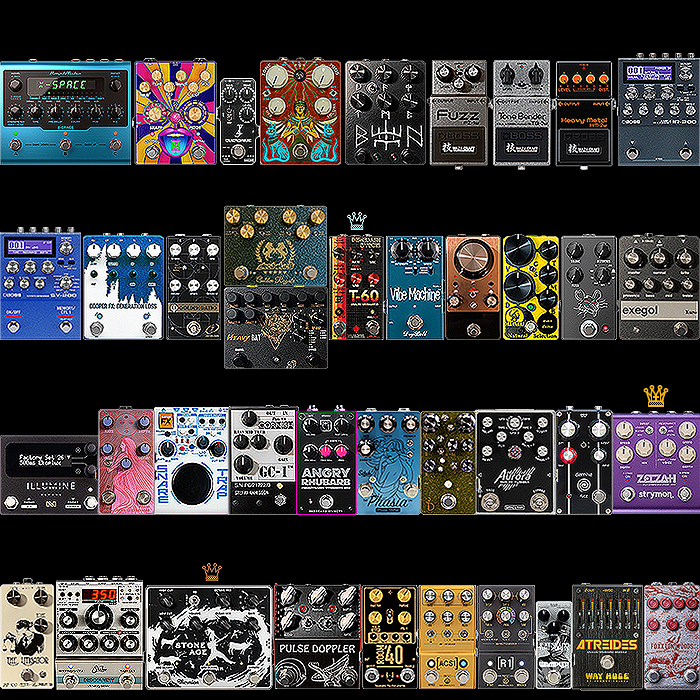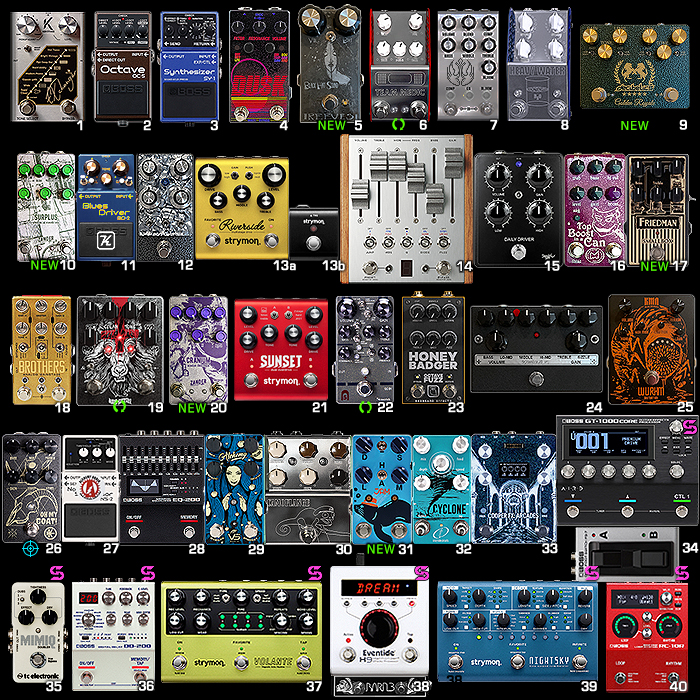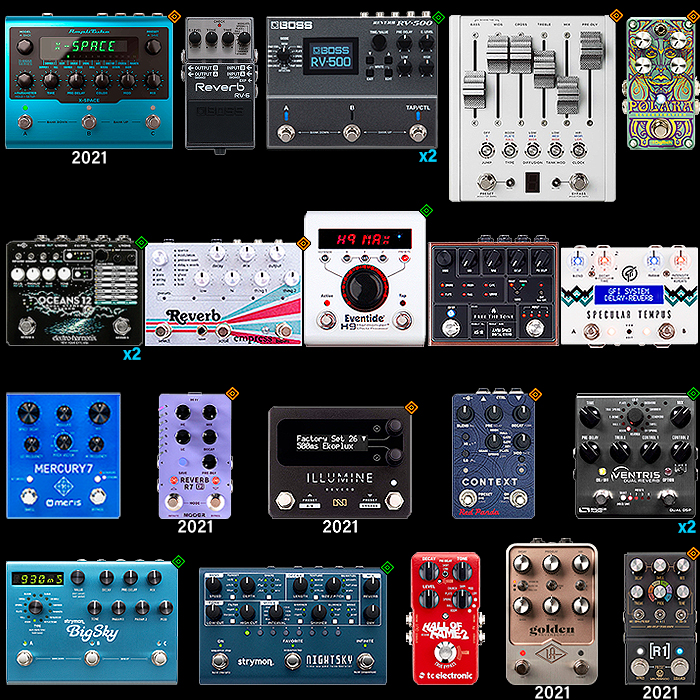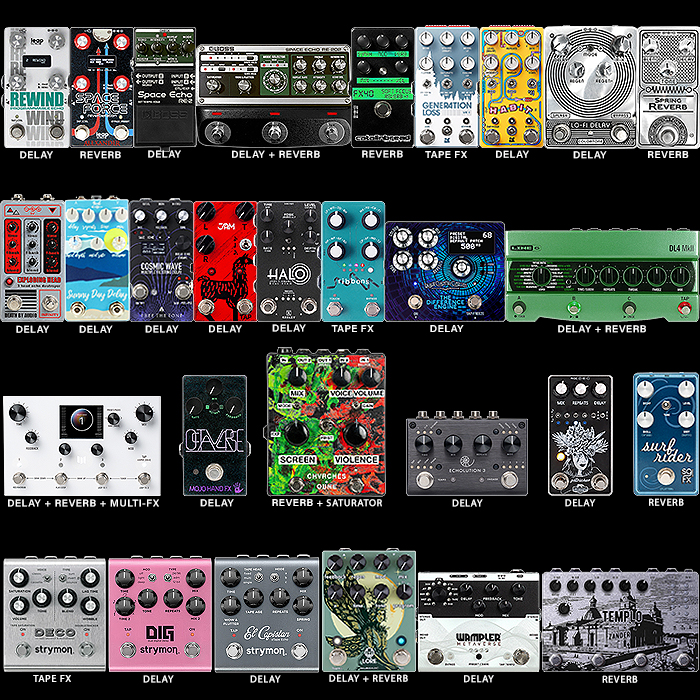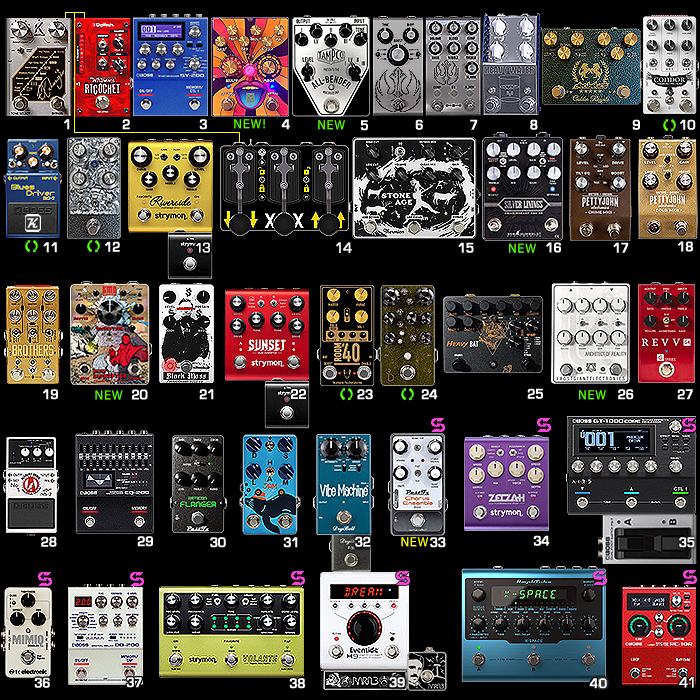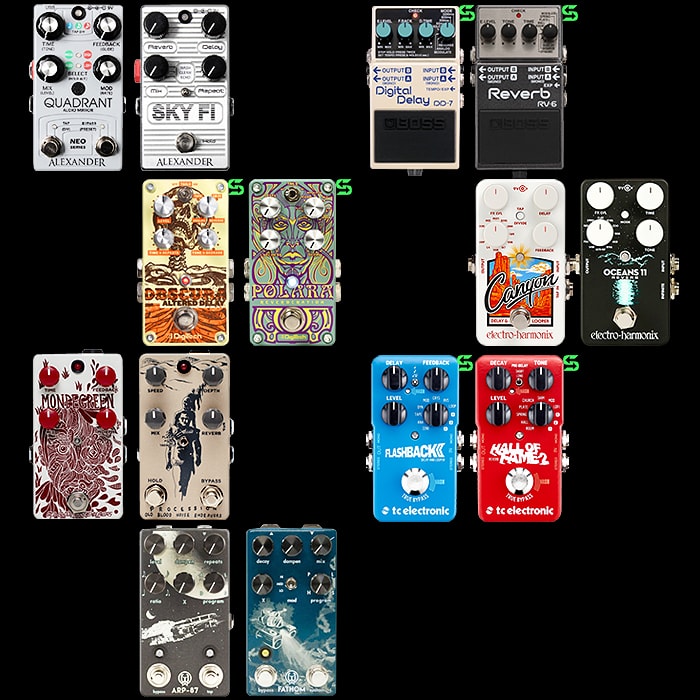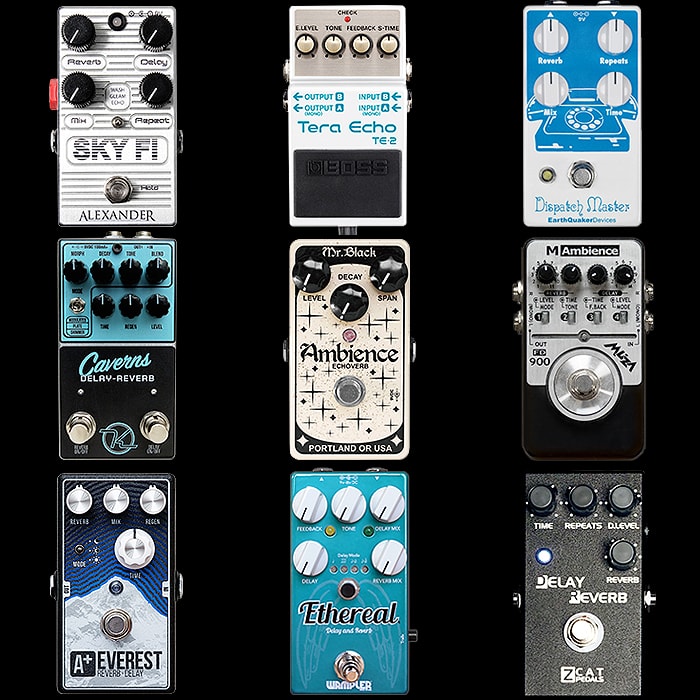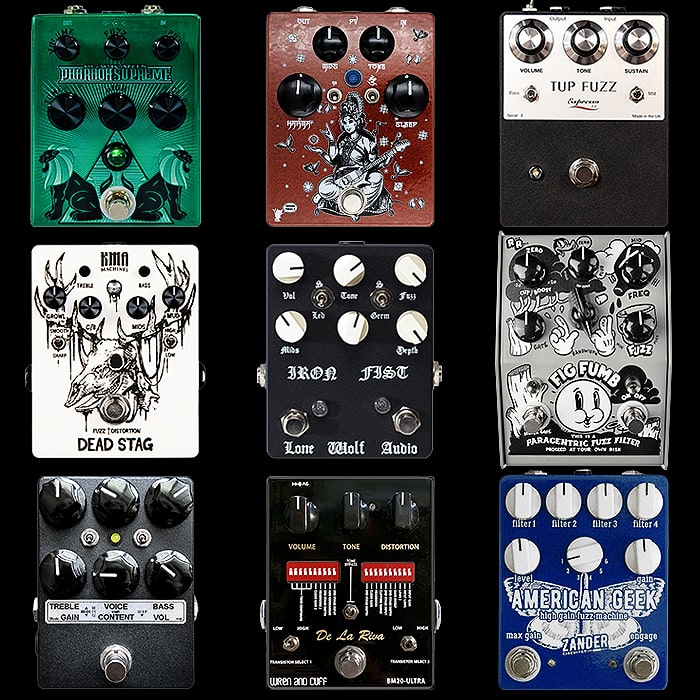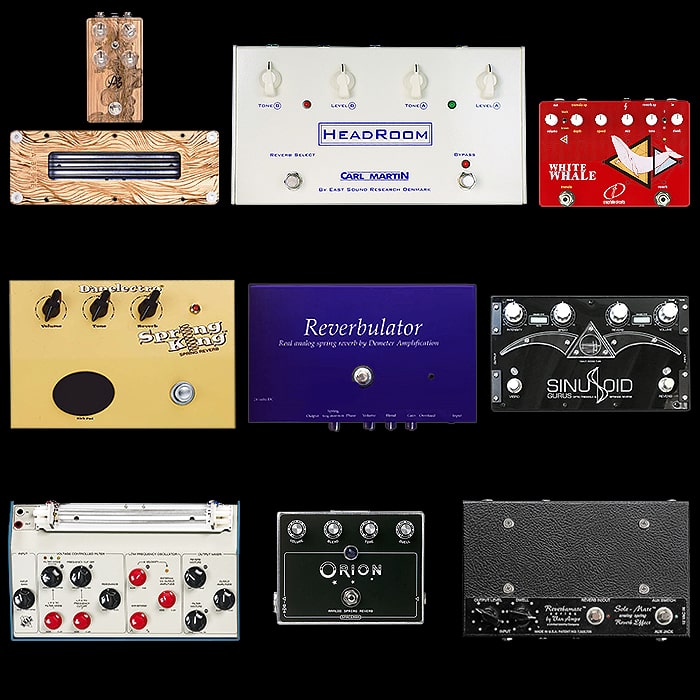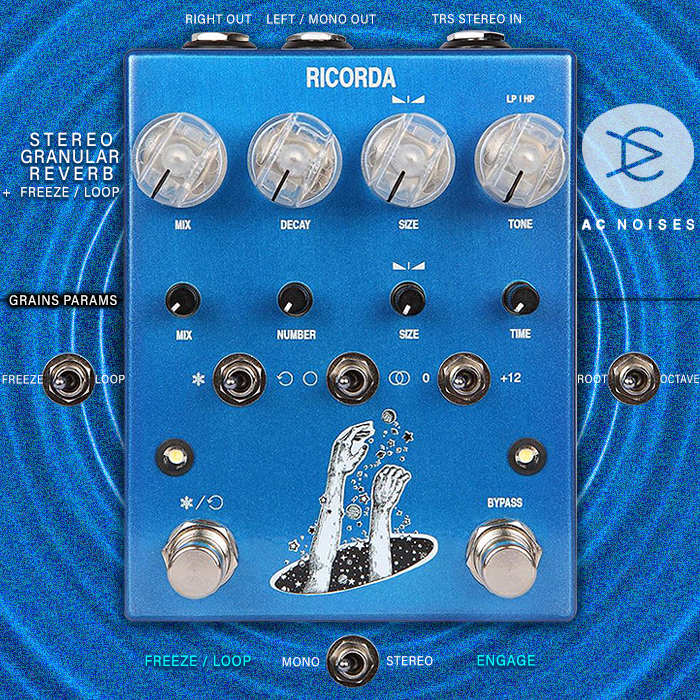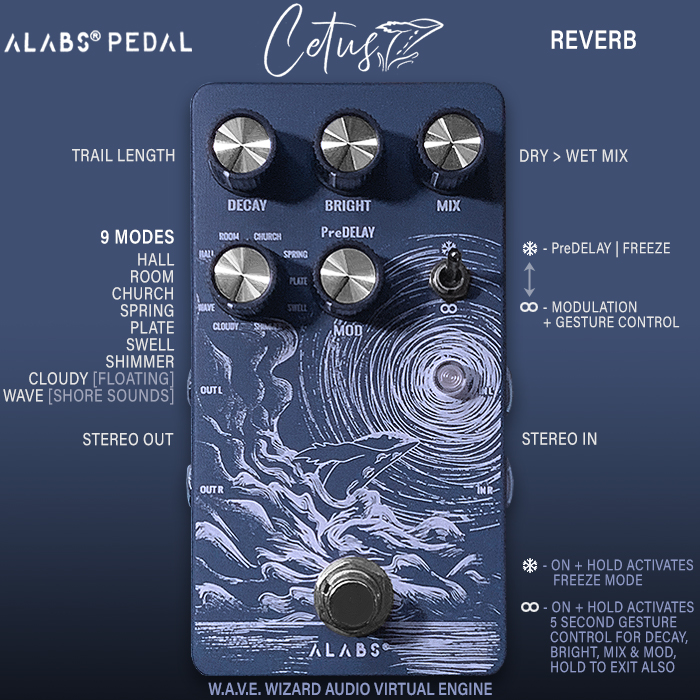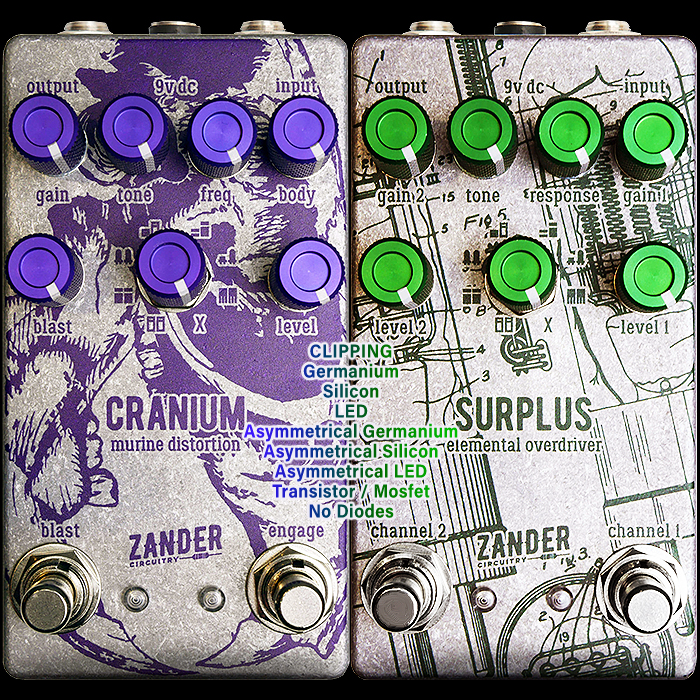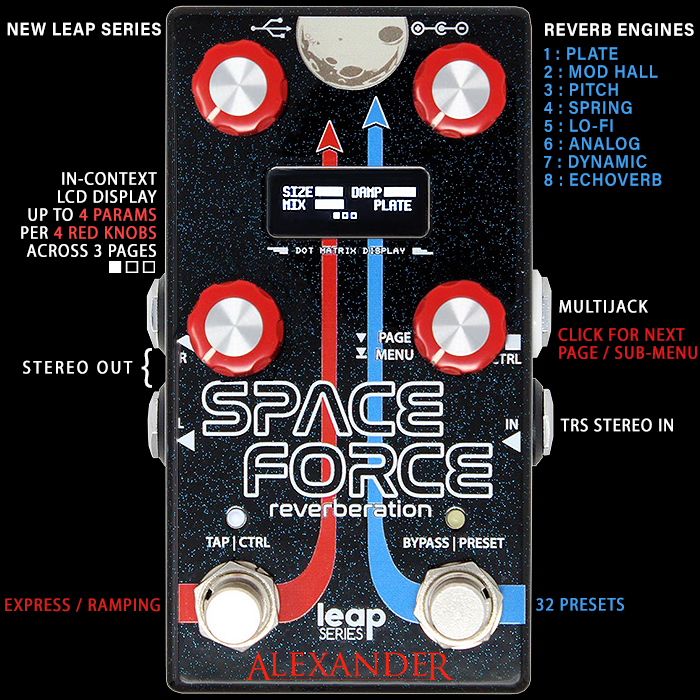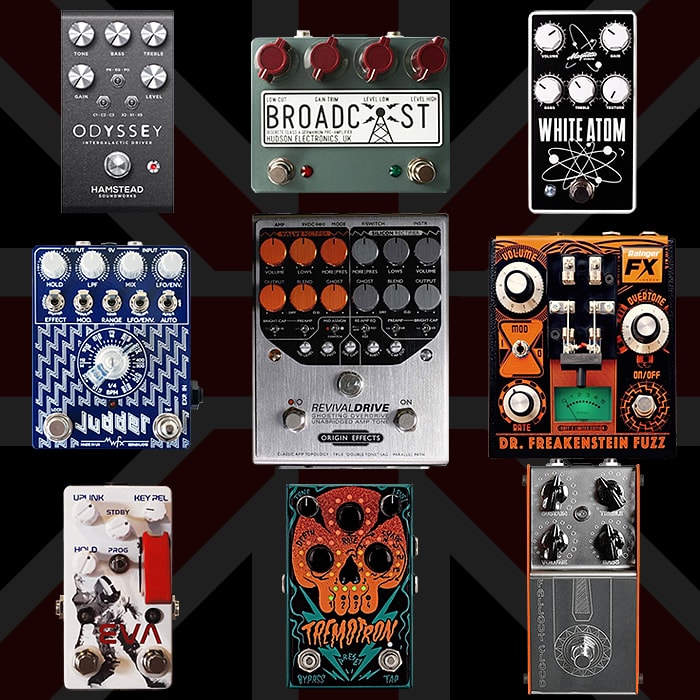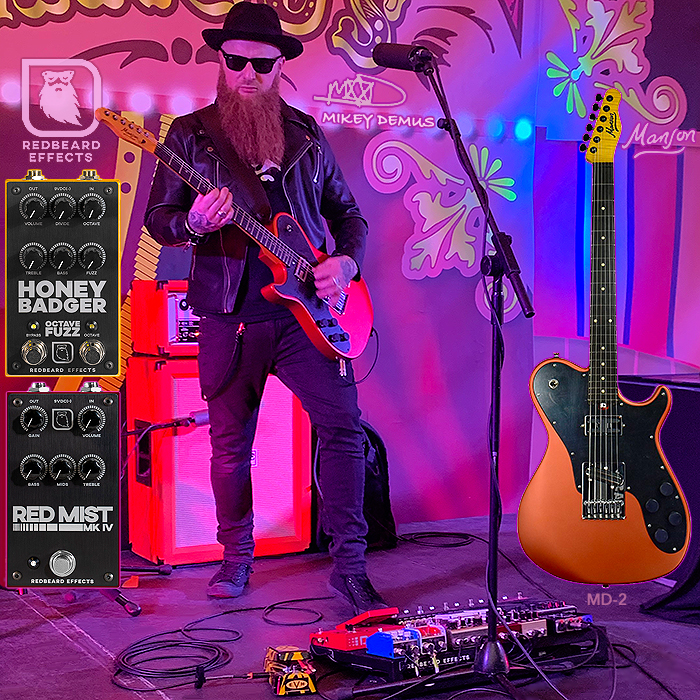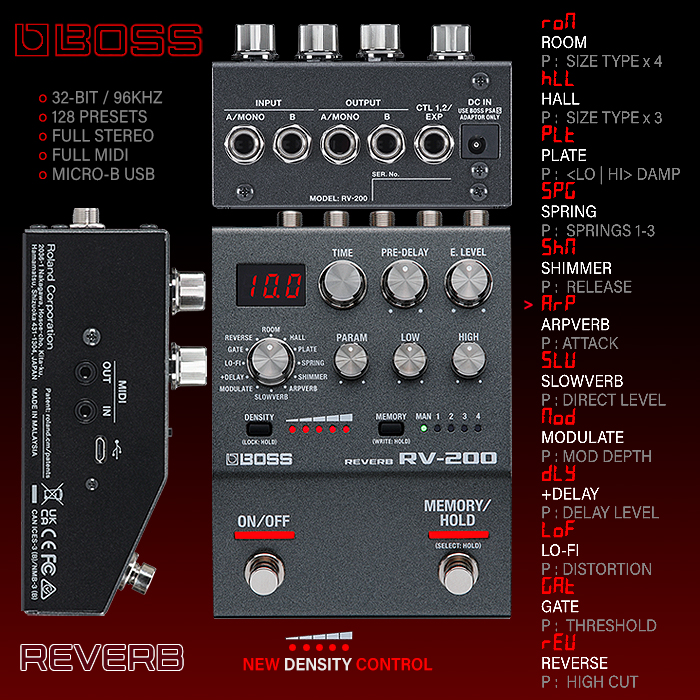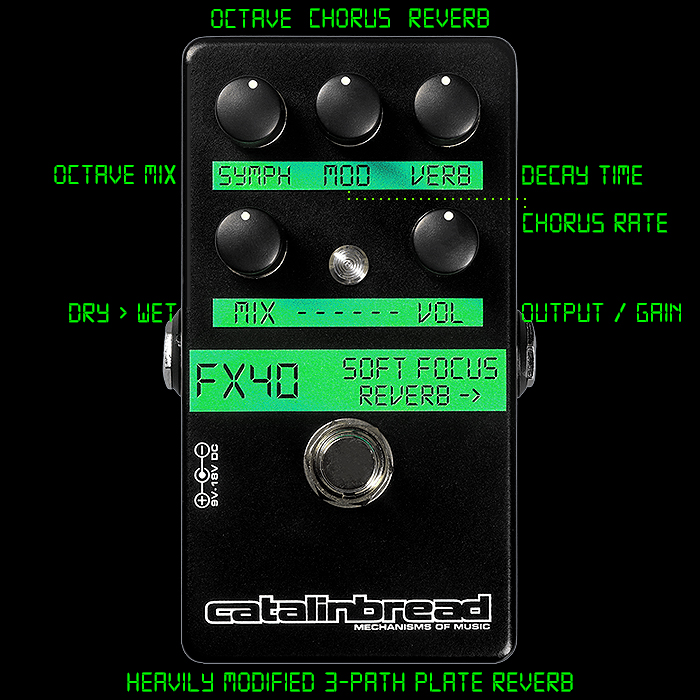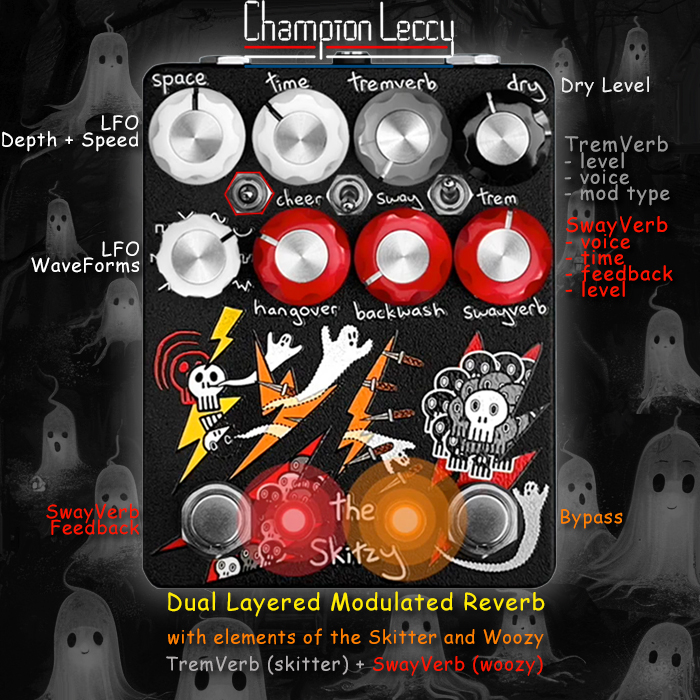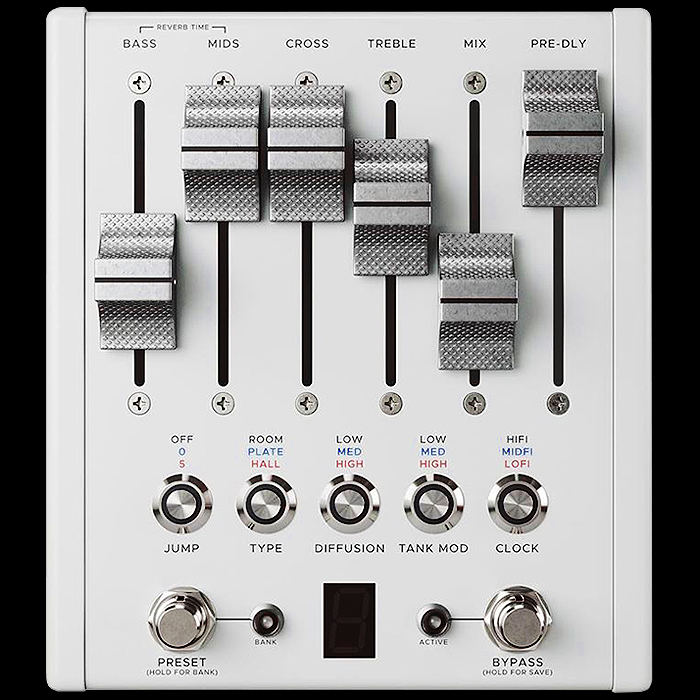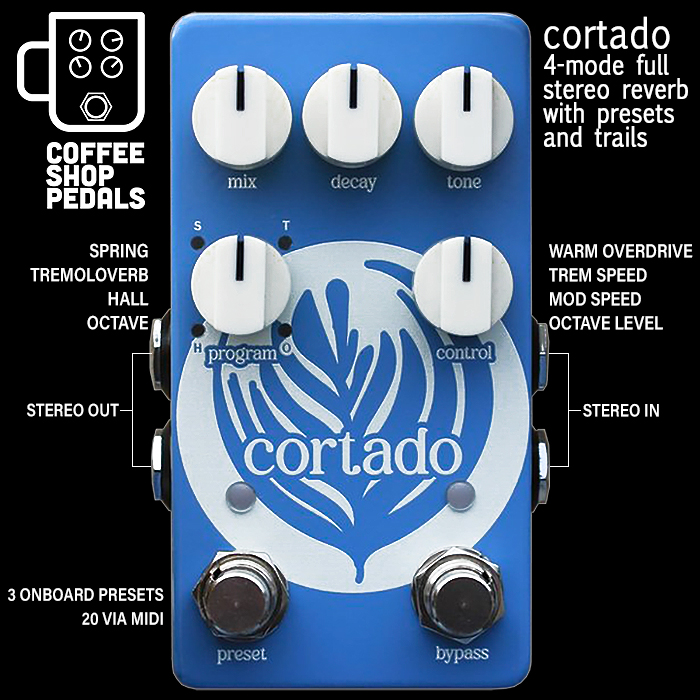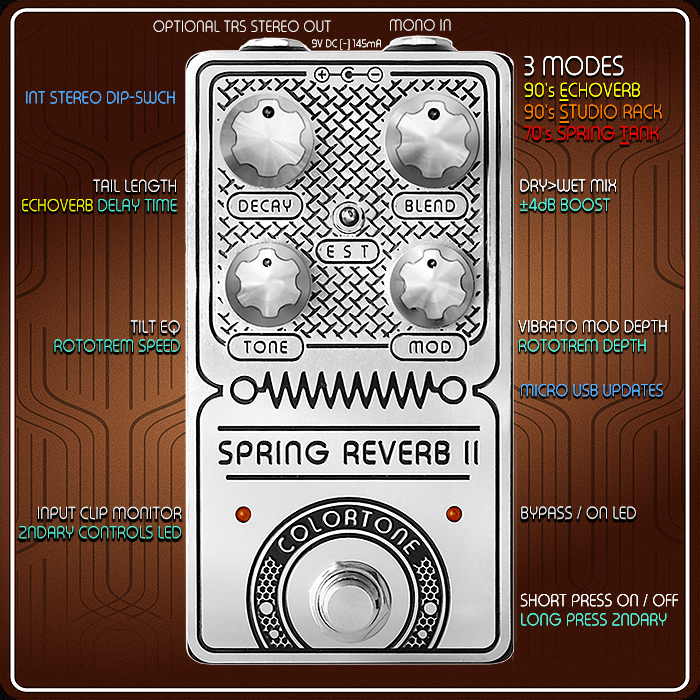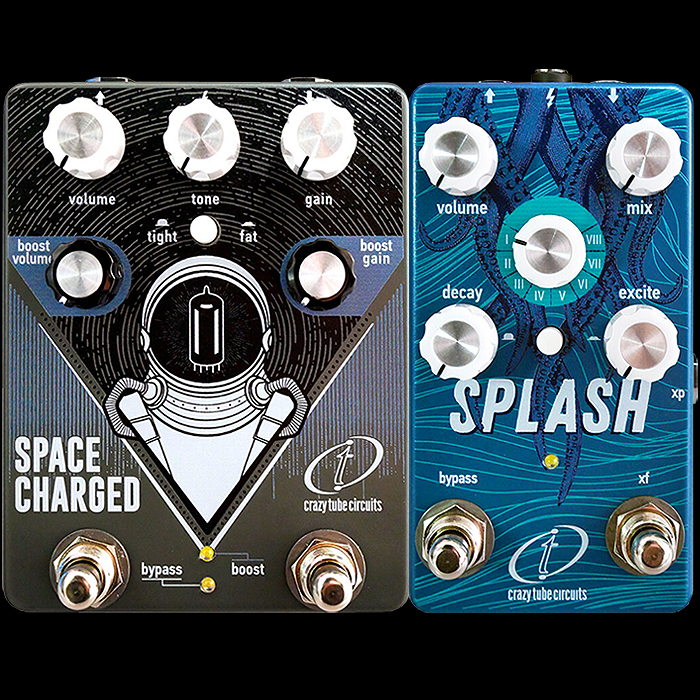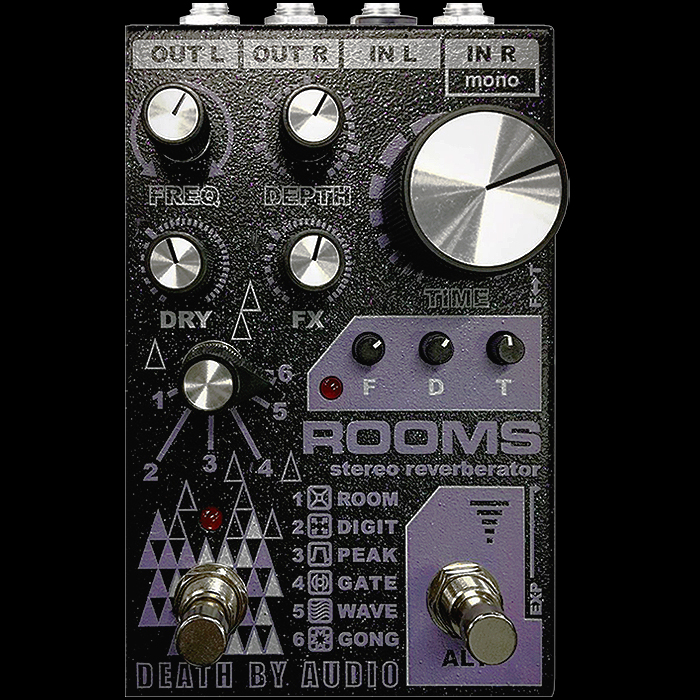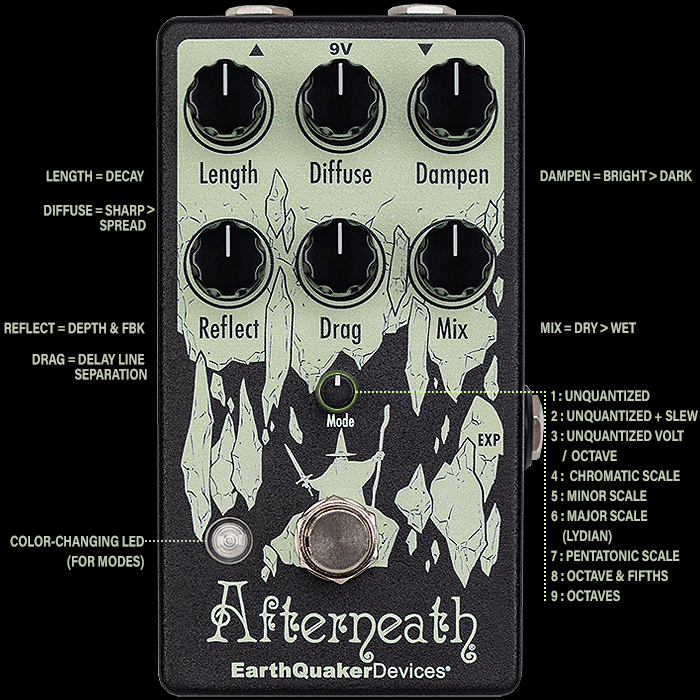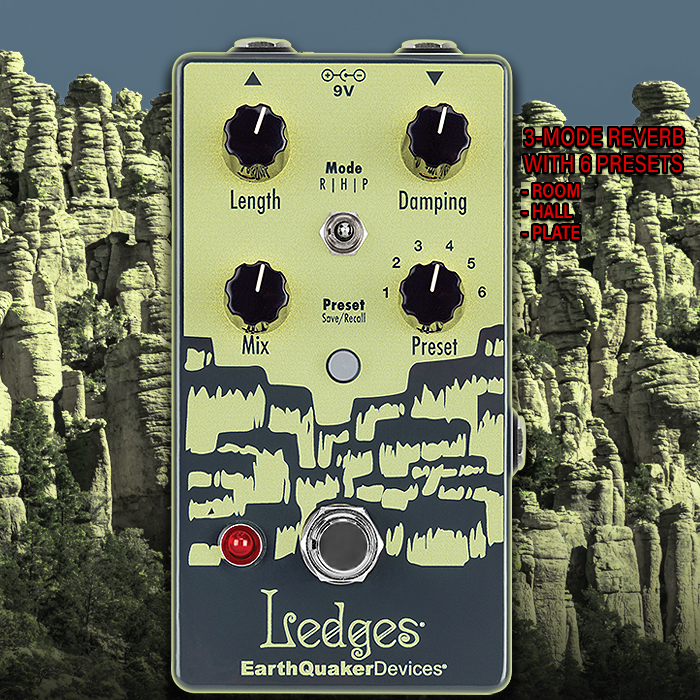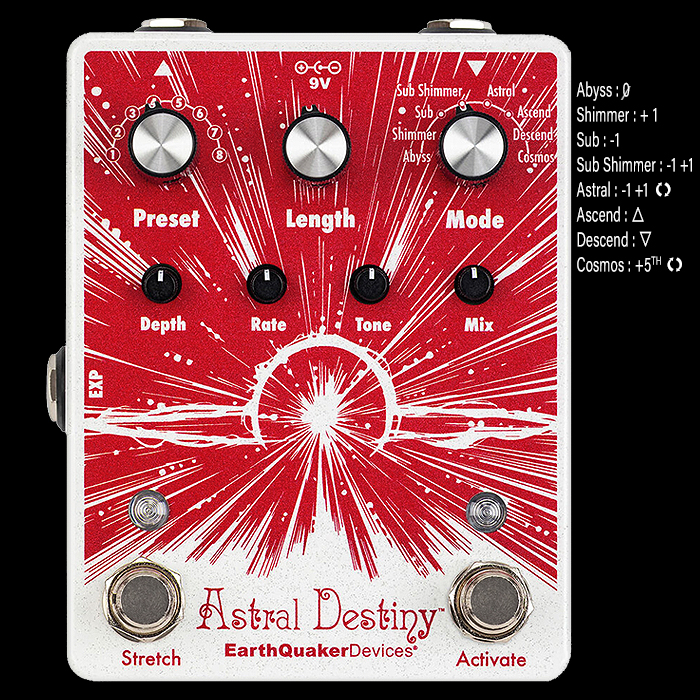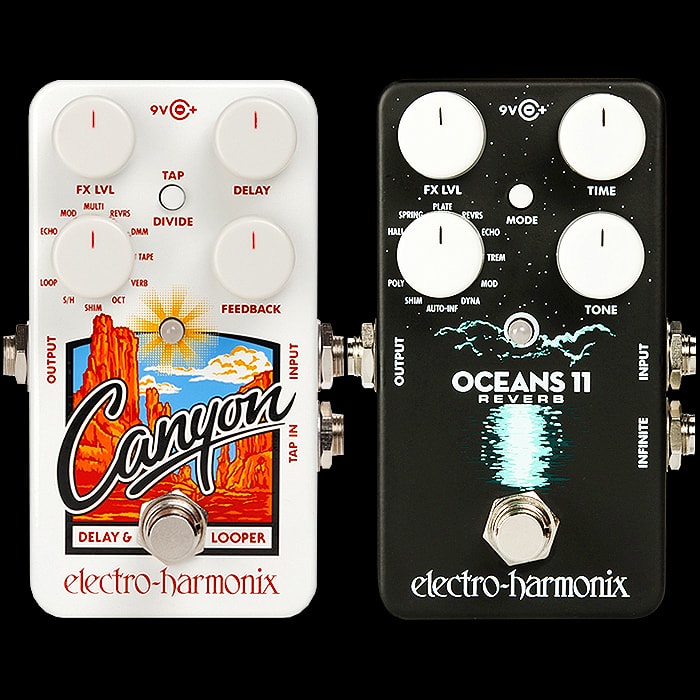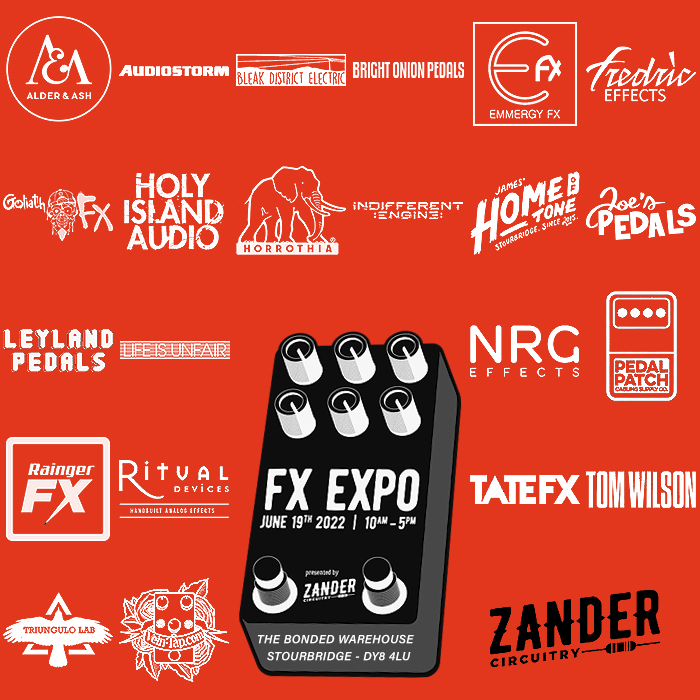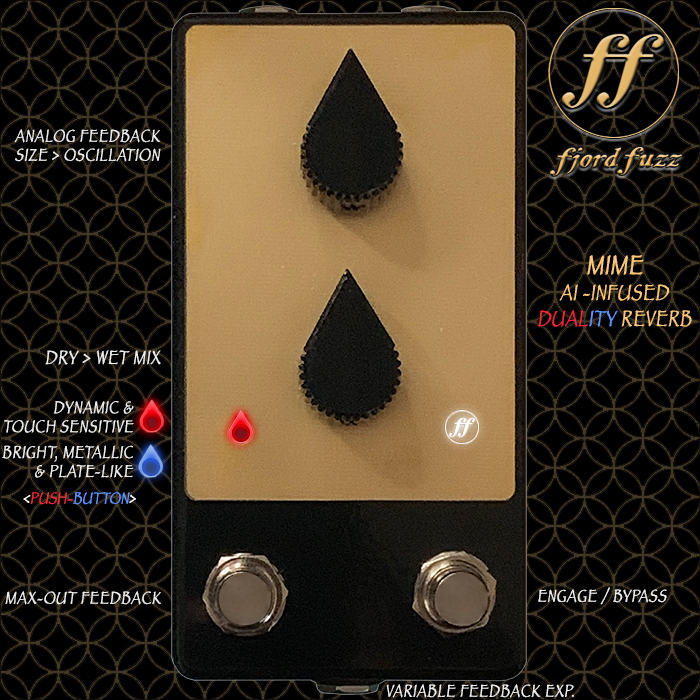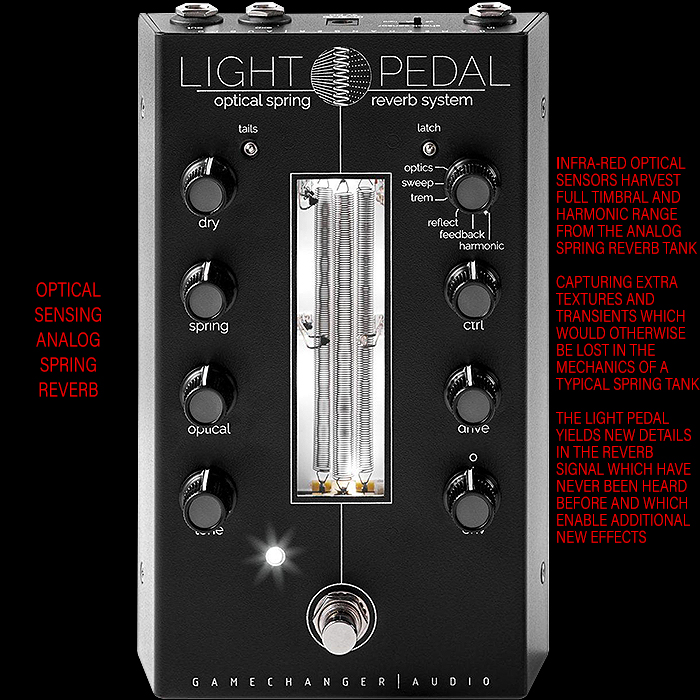Zander Circuitry Unleashes the Templo Stereo Reverberation Engine with 8 Superior Sounding 3D-like Algorithms - with Both Classic and Otherworldly varieties onboard
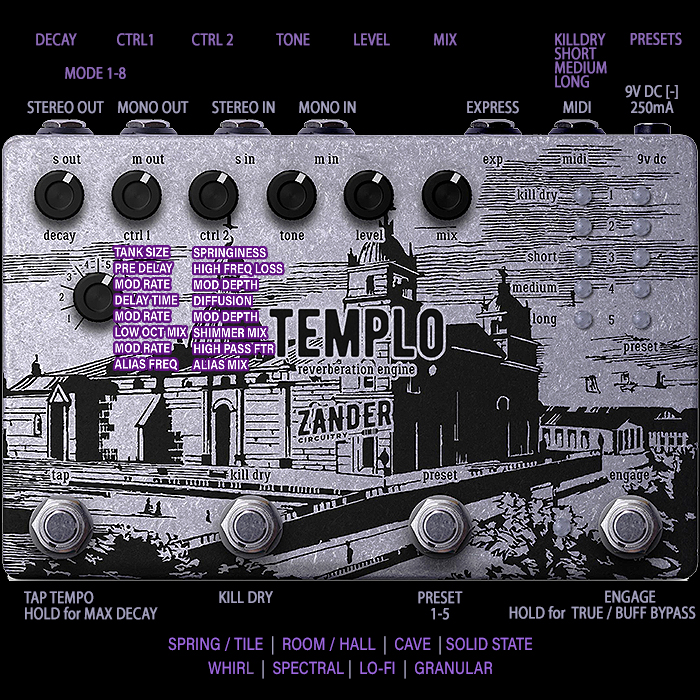
Alex Millar follows up the Junipero Aqueous Modulator and Duplo Lo-Fi Delay with the Templo Reverberation Engine in the same effortlessly controllable 4-Footswitch format. The control topology is identical to the others - with just a few different functions and parameters applicable as is pertinent to this genre.
Controls - Decay, Ctrl 1, Ctrl 2, Tone, Level, Mix, Program 1-8, Tap Tempo / Max Decay Footswitch, Kill Dry Footswitch, Preset 1-5 Footswitch, Engage / Bypass Type Footswitch. Indicators for Kill Dry, and Short / Medium / Long Reverbs.
The only complexity really is the Ctrl 1 and 2 dials - which have different parameters per selected program - in the following order of sequence :
Ctrl 1 : Tank Size | Pre Delay | Modulation Rate | Delay Time | Modulation Rate | Low Octave Mix | Modulation Rate | Aliasing Frequency
Ctrl 2 : Springiness | High Frequency Loss | Modulation Depth | Diffusion | Modulation Depth | Shimmer Mix | High Pass Filter | Aliasing Mix
The 8 Algorithms / Programs are :
- 1 : Spring / Tile - Voiced around classic amps spring tanks with shorter decay and delay times and quite a sharp reflective ’Tile’ sound associated with sounding like playing in a large bathroom. Stereo function is that Short and Long delay times are split across the two channels
- 2 : Room / Hall - A flexible all-rounder reverb that offers a wide range of decay and pre-delay sounds. Stereo function is that signal is split ad sent to both channels
- 3 : Cave - A Deep / Dark Modulated Reverb capable of long decay times. Modulation is only sent to one channel for a stereo spread.
- 4 : Solid State - Based around the delay time structure of MN3011 BBD chip that was used in many classic analog / solid state reverb units. Signal is split and sent to both channels.
- 5 : Whirl - A large Church style reverb combined with Four-Octave Chorus. Chorus voices are split (2 + 2) across the two channels.
- 6 : Spectral - A large Church style reverb combined with Lower Octave Duplication as well as a Higher Octave Shimmer effect. Lower Octave and Shimmer are sent to different channels.
- 7 : Lo-Fi - A Shorter / Thinner reverb with very intense High Pass Filtering and Sharper sounding Modulation. Modulation is only sent to one channel for a stereo spread.
- 8 : Granular - A Dissonant, Artifact-filled Reverb combines with Bitcrushing / Aliaser effect. Here the Decay control can also mix out the Reverb - leaving just the Bitcrusher / Aliaser active. The Second ’Delay Head’ goes to stereo channel. Aliaser Soft and Hard outputs sent to separate channels.
In those 8 algorithms there is a fantastic mix of flavours - with the first four being somewhat classic and traditional, but the second half more unusual, otherworldly and experimental.
Alex has done an amazing job in calibrating these algorithms so finely - they sound and react beautifully and genuinely provide an immersive 3-D dimension to your soundstage. Each of the specially composed demos is perfect for demonstrating the strengths of that algorithm - accompanied by gorgeous vintage archival footage - including a wonderful sequence of images from 70’s Iceland.
Alex’s favourite algorithm here is his Cave patch - because of its immense sound and affinity for post-rock and shoe gaze tones. I also really like the Cave, and the Lo-Fi algorithm too - those are the standout algorithms for me - as well as the cool drippiness of the Spring variety. All of these are beautifully rendered and distinct - and each one lends itself to enhanced musicality - there’s nothing surplus here. And the control of parameters and functions, expression and MIDI-assign is about as effortless as can be.
This is for sure a very fine sounding Reverb Workstation where it’s very evident just how much work, sweat and tears Alex has put into it. And each demo here really is superb - specially composed to enhance the appeal of each algorithm.
You might say that the lack of Plate and Reverse variant might be a bit of a miss for me - while all 8 of the existing algorithms are excellent and valid - so it would be hard to suggest any of those be swapped out. There’s no shortage of superior Stereo Reverb Workstations - and this is another one that is right up there. It’s relative simplicity in use and wholly hands-on nature will appeal to a lot of players!
Key Features
- 8 Reverb Modes / Programs / Algorithms : Spring/Tile | Room/Hall | Cave | Solid State | Whirl | Spectral | Lo-Fi | Granular
- 4 Footswitches : Engage, Kill Dry, Preset Scroll, and Tap Tempo
- Top-mounted in/out jacks (with full stereo options)
- Ctrl 1 and 2 each with 8 different parameters per algorithm selected
- Mix : Blend control (from 100% wet to 100% dry)
- Tone : EQ for Wet signal
- Expression pedal input
- MIDI input
- Power requirements: 9V DC (center-negative) supply
- Current draw: 250 mA
- Dimensions : (W)180 mm x (L)120 mm x (H)55 mm
- RRP : $299
The Templo Reverberation is available right now from the Zander Circuitry Webstore and leading dealers - with a price tag of £299. This is a very finely crafted pedal all-round and well deserving of being considered alongside the very best of that type.
Demos








